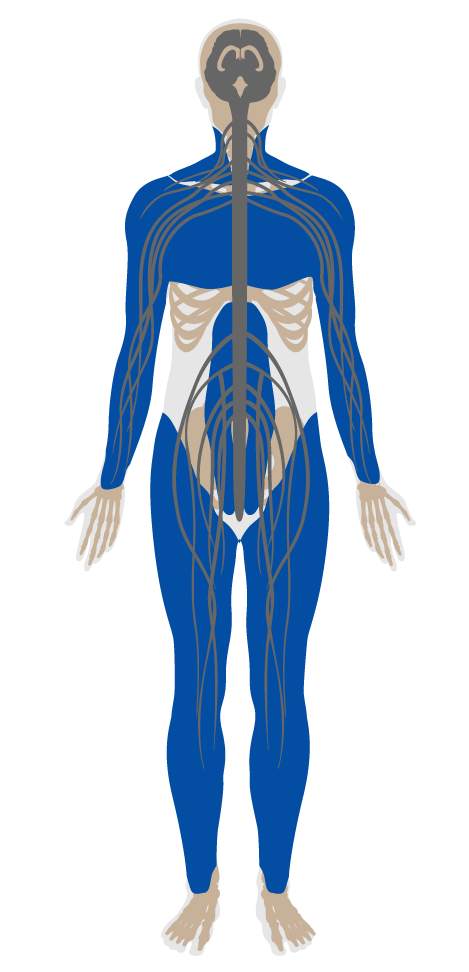Low-glare workstation design
- 53 Visual lighting design
- 54 Circadian lighting design
- 55 Electric light glare control
- 56 Solar glare control
- 57 Low-glare workstation design
- 58 Color quality
- 59 Surface design
- 60 Automated shading and dimming controls
- 61 Right to light
- 62 Daylight modeling
- 63 Daylighting fenestration
- P2 Light at night
- P3 Circadian emulation
57. Low-glare workstation design
Glare is commonly generated when high-intensity electric or natural light reflects off glossy surfaces that may be positioned at suboptimal angles in and around occupant spaces, in relation to windows. The resulting discomfort can be a hindrance to an otherwise comfortable and effective work environment. Adjusting the angle at which the light hits a surface can help guide the light away from reflecting directly into the eye, thereby avoiding glare.
This feature seeks to minimize glare and high luminance contrast between computer screens and the surrounding background through consideration of the spatial orientation of occupant spaces.
The following requirements are met:

Applicability Matrix
| Core & Shell | New & Existing Buildings | New & Existing Interiors | |
|---|---|---|---|
| Part 1: Glare Avoidance | - | O | O |
| Commercial Kitchen | Education | Multifamily Residential | Restaurant | Retail | |
|---|---|---|---|---|---|
| Part 1: Glare Avoidance | - | O | - | - | - |
Verification Methods Matrix
| Letters of Assurance | Annotated Documents | On-Site Checks | |
|---|---|---|---|
| Part 1: Glare Avoidance | Visual Inspection |
| 57.1.a |
The Ontario Ministry of Labour's "Computer Ergonomics: Workstations and Lighting" recommends that worker's line of sight is parallel to the plane of windows. |
